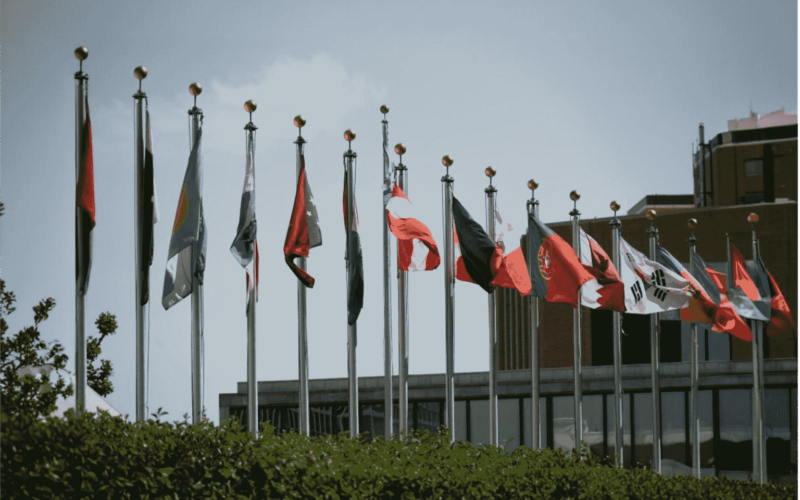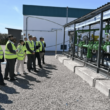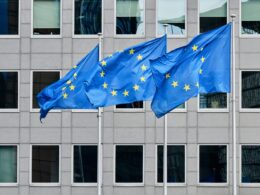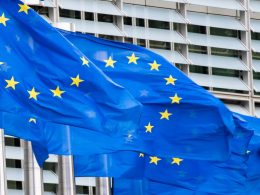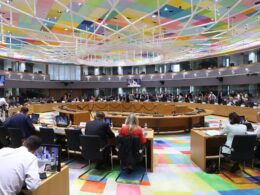World leaders have officially adopted the “Pact for the Future,” which includes a Global Digital Compact and a Declaration on Future Generations. This landmark agreement marks the culmination of a multi-year, inclusive process aimed at adapting international cooperation to address both current realities and future challenges. The pact, one of the most comprehensive international agreements in recent years, tackles a wide array of issues, some of which had eluded global consensus for decades. Its primary goal is to ensure that international institutions remain effective in a dramatically changed world. As the UN Secretary-General put it, “We cannot create a future fit for our grandchildren with a system built by our grandparents.”
The adoption of the Pact signifies a renewed commitment by countries to the United Nations, the global governance system, and international law. Leaders have outlined a vision for an international framework that can deliver on its promises, while being more representative of today’s world, and drawing on the expertise of governments, civil society, and other key stakeholders.
“The Pact for the Future, the Global Digital Compact, and the Declaration on Future Generations open the door to new opportunities and untapped possibilities,” said the Secretary-General during his remarks at the opening of the Summit of the Future. The President of the General Assembly noted that the Pact would “lay the foundations for a sustainable, just, and peaceful global order – for all peoples and nations.”
The Pact addresses a broad spectrum of global issues, including peace and security, sustainable development, climate change, digital cooperation, human rights, gender equality, youth, future generations, and reforms in global governance. Among the notable commitments in the agreement are steps toward Security Council reform, a recommitment to nuclear disarmament, and efforts to strengthen international frameworks governing outer space. The Pact also outlines measures to prevent the misuse of new technologies, such as autonomous weapons, and affirms that international laws should apply to these emerging technologies.
In the realm of sustainable development, the Pact is designed to accelerate the implementation of the Sustainable Development Goals (SDGs). It calls for reforming the international financial architecture to better serve developing countries, including giving them greater representation in global financial decision-making, improving debt sustainability, and strengthening safety nets for vulnerable nations. On climate change, the Pact reaffirms the need to limit global temperature rise to 1.5°C and transition to net-zero emissions by 2050.
The Global Digital Compact, a key component of the Pact, establishes the first comprehensive global framework for digital cooperation and artificial intelligence (AI) governance. It aims to ensure that technology serves the common good, with commitments to provide universal internet access, enhance online safety, particularly for children, and implement governance frameworks for AI.
The Declaration on Future Generations, also part of the Pact, outlines concrete steps to integrate the interests of future generations into today’s decision-making processes. It includes a commitment to provide young people with more meaningful opportunities to shape decisions at the global level.
The Pact further strengthens efforts on human rights, gender equality, and the empowerment of women, with a clear call to protect human rights defenders and engage stakeholders from civil society, local governments, and the private sector in global governance.
To ensure accountability, the Pact includes provisions for follow-up actions to monitor the implementation of its commitments.
The Summit of the Future, which led to the adoption of the Pact, was a deeply inclusive process. It involved contributions from millions of people and thousands of stakeholders worldwide. More than 4,000 participants, including Heads of State, UN officials, civil society organisations, and non-governmental organisations, attended the formal Summit, with an additional 7,000 individuals participating in the pre-Summit Action Days, where commitments of over USD 1.05 billion were made to advance digital inclusion.















